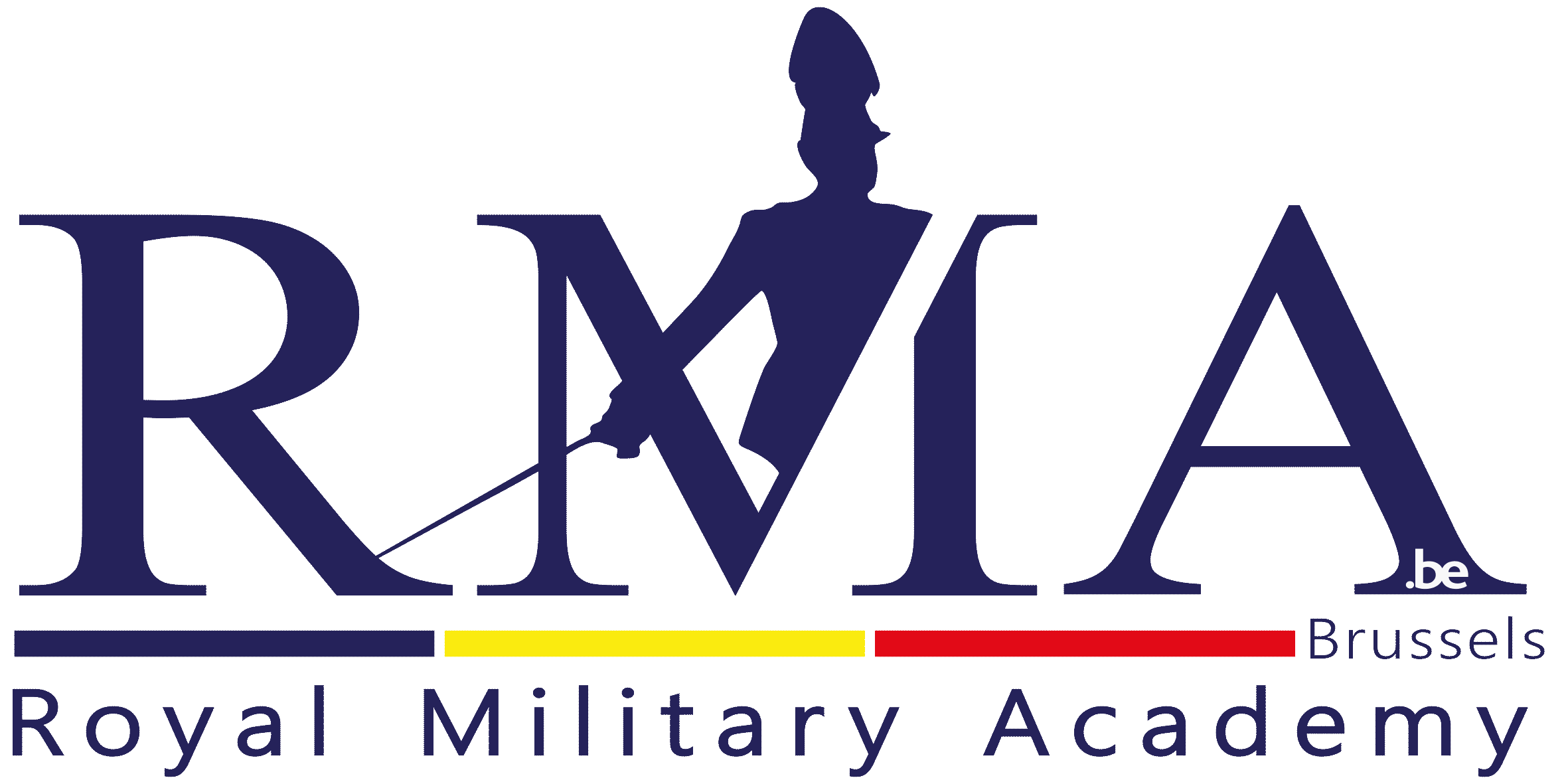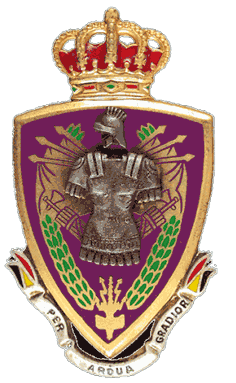The maritime environment of the Belgian coastline holds significant economic importance, necessitating robust surveillance and security measures for critical infrastructures as well as navigation channels. Unmanned maritime system offer promising solutions, leveraging autonomy to enhance monitoring capabilities. The RMA’s RAS research unit contributed to the MARSUR project, aiming to develop a fleet of autonomous maritime systems for efficient operations. The ongoing project MULTIMETER is equipping the MARSUR system with advanced sensors, including thermal camera and side scan sonar, for efficient monitoring of sea traffic, situational awareness, but also bottom mine detection. These advancements in autonomous systems not only bolster the maritime capabilities of the RAS lab but also underscore the transformative potential of employing digital twins for USVs. Whether it involves refining robust autonomous motion control algorithms, facilitating comprehensive training simulations, optimizing operational preparedness, or integrating real-time sensors-in-the-loop functionalities, digital twins offer a versatile toolset for enhancing USV operations and development.
The MaiWa project expands the scope by addressing the challenges of maneuvering in waves through the development of two symbiotic aspects: the deployment of a USV equipped with advanced sensing technology; and the building of a corresponding virtual platform with sea conditions effect considered.
The first focus on leveraging autonomous USVs with enhanced motion control capabilities is highly relevant for the Belgian Navy. It aims to improve the situational awareness for informed decision-making (see Letter of Support – Appendix C). It would also provide the Belgian Navy its own experimental research platform, enabling even more flexibility for transversal research marine projects.
The second, considers computational prediction of ship performance to broaden the design analysis, encompassing stability and maneuvering in waves. By providing detailed insights into flow physics, their impact on ship’s reactions should result in improved design and control capabilities for the experimental setup.
Project Publications
2025
- A. La Grappe, E. Le Flécher, and G. De Cubber, “Multi-Sensor Multi-Target Tracking for Maritime Surveillance with Autonomous Surface Vehicles Using Belief Propagation," in OCEANS 2025 Brest, 2025, p. 1–8.
[BibTeX] [Abstract] [Download PDF] [DOI]
We present a distributed multi-sensor multi-target tracking algorithm for maritime surveillance using unmanned surface vehicles (USVs) in multi-agent settings. Our approach fuses measurements from radar, Automatic Identification System (AIS), and camera sensors within a Bayesian framework, employing an adaptive particle filtering strategy to jointly estimate the kinematic states and identities of vessels. Our solution incorporates a factorized data association model that integrates cooperative self-reports from AIS with radar and camera measurements, with visual re-identification capability. We evaluate our method using a high-fidelity simulation environment, which generates photorealistic maritime scenarios. Our performance analysis indicates that the integration of camera-based cues improves both the spatial localization and identity consistency, particularly in scenarios with low radar detection probability and non-cooperative targets. Furthermore, the distributed inference framework scales well with the number of USVs, making it well suited for large-scale multi-agent applications. Overall, our work demonstrates that fusing heterogeneous sensor modalities using belief propagation can enhance multi-target tracking performance in congested maritime environments.
@inproceedings{2c491cd7d3c64ae3ae227fdab6a2c80f, title = "Multi-Sensor Multi-Target Tracking for Maritime Surveillance with Autonomous Surface Vehicles Using Belief Propagation", abstract = "We present a distributed multi-sensor multi-target tracking algorithm for maritime surveillance using unmanned surface vehicles (USVs) in multi-agent settings. Our approach fuses measurements from radar, Automatic Identification System (AIS), and camera sensors within a Bayesian framework, employing an adaptive particle filtering strategy to jointly estimate the kinematic states and identities of vessels. Our solution incorporates a factorized data association model that integrates cooperative self-reports from AIS with radar and camera measurements, with visual re-identification capability. We evaluate our method using a high-fidelity simulation environment, which generates photorealistic maritime scenarios. Our performance analysis indicates that the integration of camera-based cues improves both the spatial localization and identity consistency, particularly in scenarios with low radar detection probability and non-cooperative targets. Furthermore, the distributed inference framework scales well with the number of USVs, making it well suited for large-scale multi-agent applications. Overall, our work demonstrates that fusing heterogeneous sensor modalities using belief propagation can enhance multi-target tracking performance in congested maritime environments.", keywords = "Visualization, Target tracking, Radar measurements, Surveillance, Radar, Radar tracking, Cameras, Particle measurements, Sensors, Artificial intelligence, Multi-target tracking, Maritime surveillance, Unmanned Surface Vessels, Distributed sensor fusion, Particle filtering, Belief propagation, Multi-agent robotics", author = "La Grappe, Alexandre and Le Flécher, Emile and De Cubber, Geert", year = "2025", month = jun, day = "19", doi = "10.1109/OCEANS58557.2025.11104349", language = "English", pages = "1--8", booktitle = "OCEANS 2025 Brest", publisher = "Institute of Electrical and Electronics Engineers Inc.", url = "https://ieeexplore.ieee.org/document/11104349", unit= meca-ras, project= MULTIMETER }



